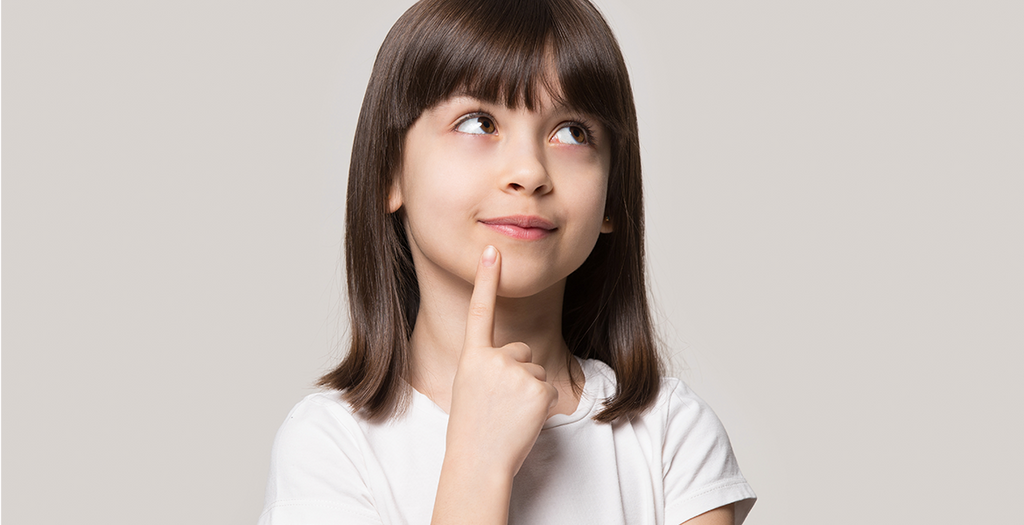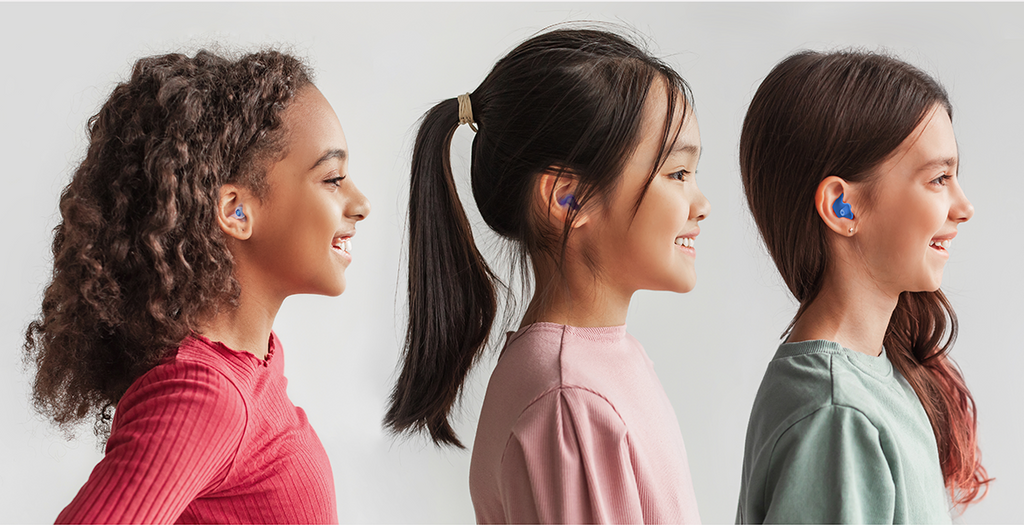Exposure to loud noises can damage hearing at any age. While we often think about protecting our children's ears later in life, such as at loud concerts or events, safeguarding their hearing should start much earlier. Very young children can be negatively impacted by chronic loud sounds. As parents, understanding when our kids are ready to start wearing earplugs is key to preserving their hearing health in the long run.
When Can Children Start Wearing Earplugs?
Most experts recommend waiting until children are at least 5-6 years old before having them wear earplugs regularly. This is because younger children have smaller ear canals, so fitting earplugs properly can be challenging. Ill-fitting earplugs in little ears can cause discomfort or even infections.
Around age 5-6, children have enough dexterity to insert and remove earplugs independently. Their ear canals are also bigger, allowing for a better fit. Even at this age, teaching kids how to use earplugs correctly is important so they get protection without discomfort. Finding child-sized earplugs that form a good seal without going too far into the ear canal is key. Let children try different sizes and brands to determine the right fit. Supervise their use at first to ensure they are inserting and removing earplugs appropriately before and after loud events. With the right earplugs and education, kids over 5 can safely use hearing protection during loud activities.
How Earplugs Can Protect Hearing at Young Ages?

Earplugs are barriers to dampen volume and prevent sound from entering the ear canal at full force. This protects the delicate inner ear structures, reducing the risk of tinnitus and permanent hearing loss. While earmuffs may seem easier for little kids, earplugs are more effective at blocking noise when properly inserted. Smaller ear canals amplify sound, so children experience greater risk. Starting earplug use promotes lifelong habits of smart hearing protection.
Monitoring Proper Insertion and Fit

For maximum sound blocking, the right fit is key. Children under age 7 lack the dexterity to correctly insert foam or moldable silicone earplugs. Until about age 10, kids may still require parental assistance and verification to ensure proper, safe positioning. Visually check that earplugs are fitted deeply enough into ear canals without over-inserting. Both under and over-insertion impede noise reduction. Test different child earplug styles and sizes to find the best fits your child's ears.
Tips for Getting Young Kids Comfortable Wearing Earplugs
- Make sure earplugs are child-sized for the best and most comfortable fit.
- Set an example by parents also wearing earplugs to normalize the practice.
- Praise kids for keeping earplugs in properly as positive reinforcement.
- Make a fun song/game about wearing "ear defenders" against loud noises.
Hygiene and Cleaning Issues
Younger kids struggle with effectively cleaning earplugs and are prone to losing or misplacing them. Reusable earplugs allow for more cost savings but require diligent hygiene since earwax and germs accumulate quickly. Children ages 4-6 can start learning to clean their earplugs under supervision using mild soap, water, and a soft toothbrush. Limit sharing earplugs between children to avoid spreading bacteria.

Developing Good Hearing Habits Early
Starting earplug use early promotes lifelong hearing health habits. Model this behavior for kids by wearing ear protection yourself in loud environments. Make remembering earplugs fun by adding cute cases or bags to their gear. Use positive reinforcement when they keep earplugs in properly. Over time, this trains children to automatically reach for their earplugs when needed without being told. Instilling these smart hearing practices encourages kids to value protecting their ears throughout their lives.
Conclusion
Expert guidelines recommend introducing earplugs around age 5-6 when children's ear canals are large enough to fit them properly. Teaching kids to use child-sized earplugs correctly at this age lays the foundation for good hearing health habits lifelong. Modeling the behavior yourself and making earplugs fun normalizes the practice early on. If they start young, using earplugs to protect against everyday loud noises becomes routine. This prevents early hearing damage and promotes valuing ear health throughout life. With some education and the right kid-friendly products, earplugs enable children to hear clearly-both now and for decades to come.
Read More
- The 9 Best Earplugs for Sleeping of 2019 – hearprotek
- Hearprotek Earplugs Review – An Honest Appraisal – hearprotek
- Best earplugs for musicians 2023 – hearprotek
- Sleeping with a Snoring Partner? 5 Expert Tips for a Restful Night – hearprotek
- 5 Must-Have Features to Look for in a Sleeping Earplug – hearprotek










